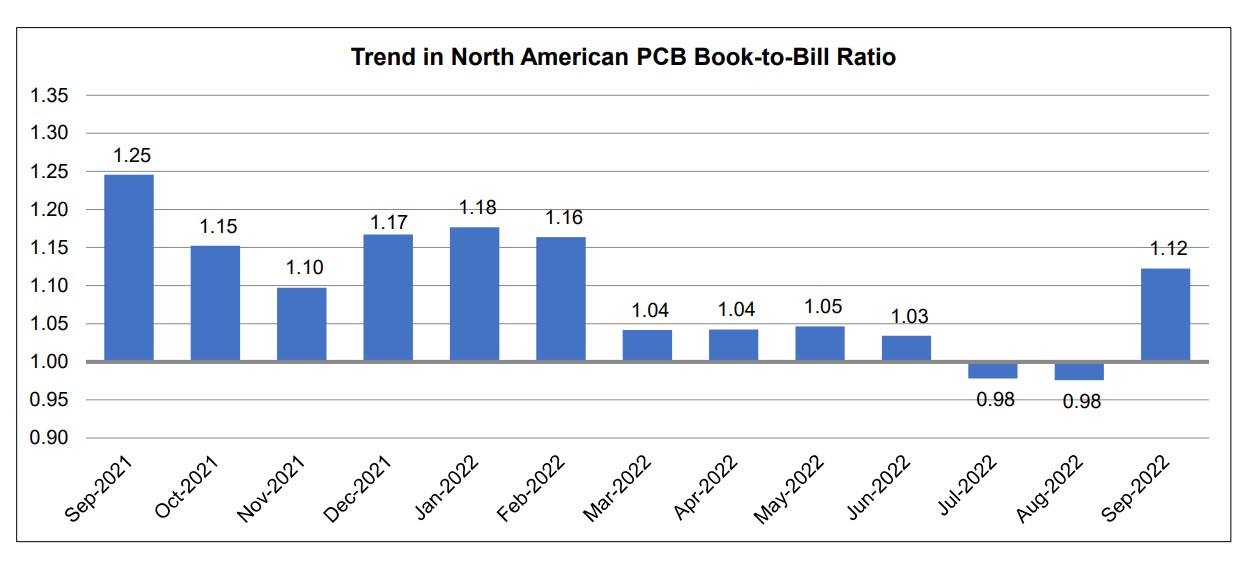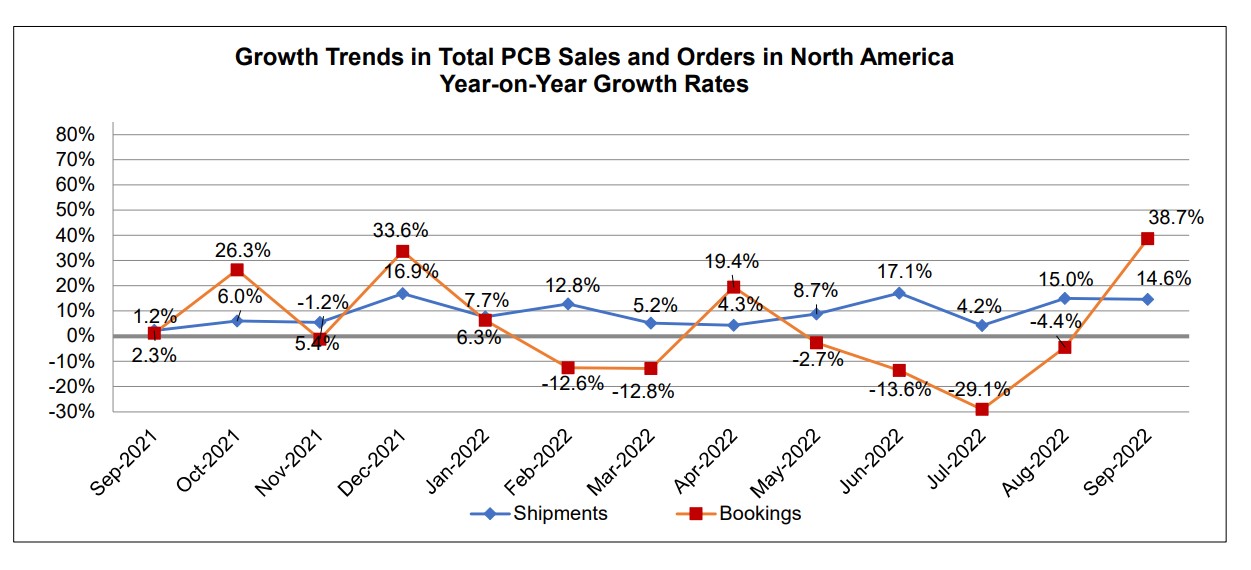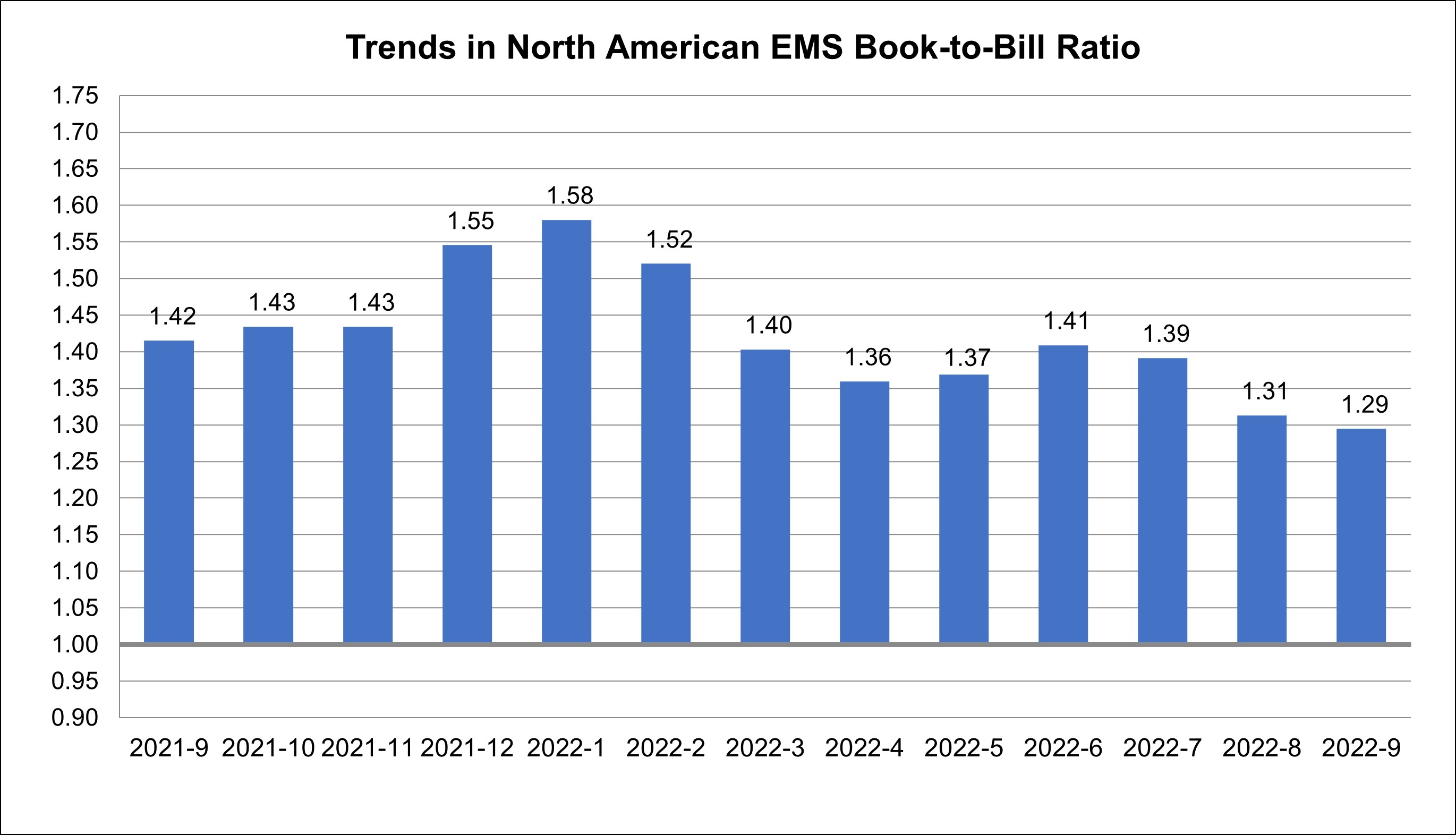IPC India to Host 2nd Annual Integrated Electronics Manufacturing & Interconnections (IEMI) Event
IPC India has announced the 2nd annual Integrated Electronics Manufacturing and Interconnections (IEMI) event scheduled on August 1, 2023 in Chennai, and on August 3, 2023, in Pune, India. Pre-event activities will start this November with skill competitions in hand soldering/wire harness/PCB design and member networking events at various locations in India and other countries. IEMI 2023 will be focused on automotive (EV), defence and industrial automation vertical market sectors.
IEMI is an annual platform for industry leaders and professionals in the electronics manufacturing industry to connect, communicate, collaborate and create. The two-day, two-city event will bring together designers, manufacturers, traders, suppliers, service providers and technical experts to explore new business partnerships, gain technical knowledge and source product/services. IPC India is partnering with several country and trade associations to arrange international delegate visits.
IEMI 2022 events in New Delhi (August 2, 2022) and Bengaluru (August 4, 2022) hosted approximately 1,000 international delegates, 200+ B2B meetings, presentations by experts, panel discussions, technical sessions, products and services displays, and final skill challenge competitions.
"I am excited about the current manufacturing opportunities in India which is forecasted to bring the Indian electronics industry to US$300 billion by 2026. IEMI 2023 is an important platform for the Indian electronics manufacturing industry as it provides new business opportunities for manufacturers and suppliers,” said Dr. John W. Mitchell, IPC president and CEO.
“One of the major attractions of IEMI 2023 will be the Vendor Development Program or Sourcing Meet,” said Gaurab Majumdar, executive director, IPC India. “With the objective of promoting the growth and development of Indian SMEs by improving their market access, IPC India will be working with Indian and global OEMs,” added Majumdar.
For more information on Integrated Electronics Manufacturing & Interconnections (IEMI), visit www.ipcindia.org.in/iemi/ or contact Gaurab Majumdar at gaurabmajumdar@ipc.org. To view the IEMI 2022 overview report, visit www.ipcindia.org.in/wp-content/uploads/2022/08/IEMI-7PSR.pdf.



